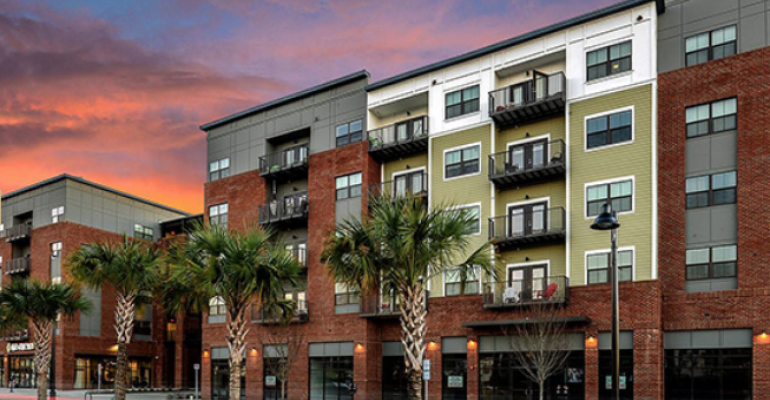Investors have already acquired a tremendous volume of student housing properties this year, but the busy buying season for student housing is just getting started.
“It’s frothy and it’s active,” says Dorothy Jackman, managing director of student housing services for real estate services firm Colliers International.
The bidding for student housing properties seems likely to get more intense. Investors usually trade the most student housing properties in the fall, after the results of the fall leasing season are in. This year, early results look very good: occupancy rates are on track to meet or even exceed the high levels set last year as the market easily absorbs the new student housing beds that get delivered.
Deals, deals, deals
Investors in student housing have been very busy during this spring and early summer. They bought $8.4 billion in student housing properties over the 12 months ending in the second quarter, according to data from New York City-based research firm Real Capital Analytics (RCA). That’s a sizeable increase from $5.4 million the year before. But the big surprise is that most of those sales happened after January 1. As of August, investors bought $5.7 billion in student housing properties in 2016, up from $3.7 billion over the same period in 2015.
That volume includes a few large deals, like the $1.4 billion purchase of the University House Communities Group, Inc. portfolio of student housing properties by the Canada Pension Plan Investment Board (“CPPIB”), GIC and The Scion Group LLC.
“Usually most buying takes place in the fall, when investors are most comfortable with the next year’s net operating income,” says Jackman. If that pattern repeats itself this year, the volume of transactions will rise even higher this fall, after the results are in for the lease-up activity for the start of the new school year.
Strong fundamentals
So far, the early results look strong from the pre-leasing for this fall. “Properties are pushing rents and still maintaining leasing velocity,” according to the summer pre-leasing report from data firm Axiometrics.
As of June, as the start of the fall semester approached, student housing properties were 83.4 percent pre-leased, on average. That’s even better than these properties were doing last year, with the average pre-leasing rate up 15 basis points. Effective rents grew at a rate of 2.3 percent a year through June. That’s up from 2.0 percent over the 2015-2016 leasing season.
For the last four years, developers in the U.S. have opened more than 40,000 new student housing beds a year. They will open 47,000 new beds this fall. That’s down from both 2013 and 2014, when 60,000 new beds were delivered on the market and it’s a few more than the number of new beds that opened for the fall semester last year.
Altogether, demand for student housing continues to grow and the new beds continue to fill, despite the high levels of new construction. “Everyone is reporting rent growth,” says Jackman. “The picture is still very bright.”
Buyers from everywhere
The strong operating results seem likely to keep attracting new investors to student housing—especially foreign investors. So far this year, institutional investors and international investors are net buyers. “Cross-border buyers have jumped into the market in a big way,” says Sean Kane, senior manager of analytics for RCA.
“Interest rates are low,” says Jackman. “That helps keep the momentum going.”

